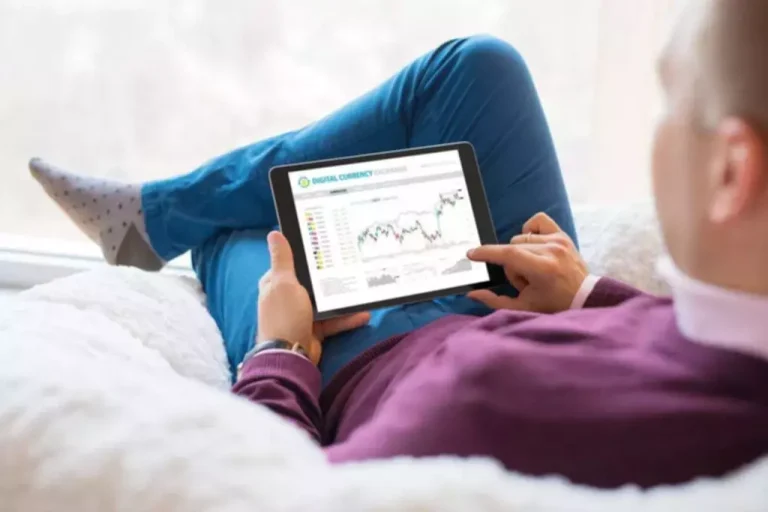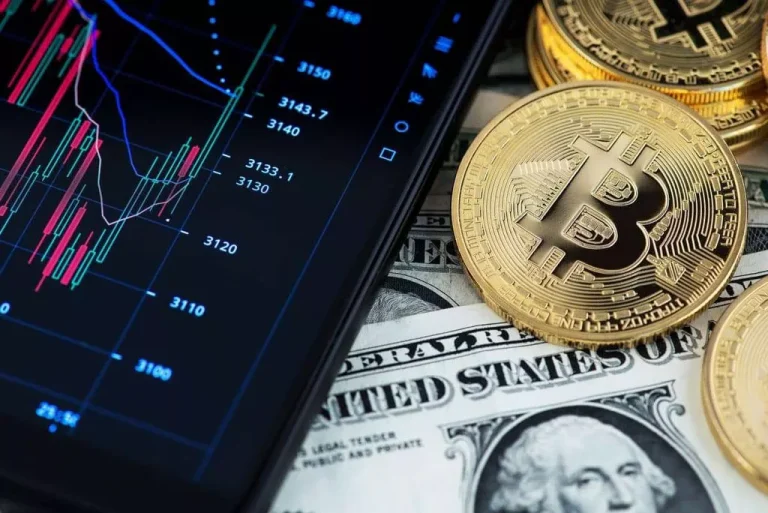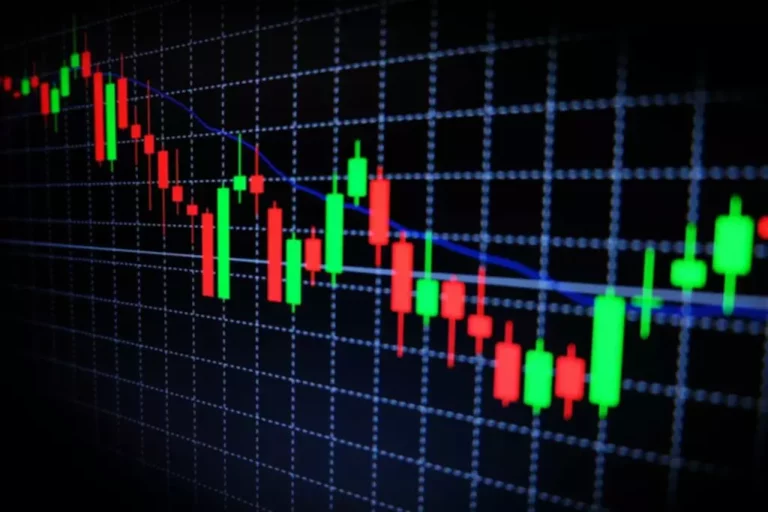However, personal exchange operators claim that dark pool liquidity is larger than public markets, especially for high-frequency traders. In 2007, the SEC passed the National Market System rule, allowing corporations to bypass the general public market and directly commerce in private exchanges to achieve a price benefit. This rule, in addition to the rise in HFT expertise, elevated the number of private trade merchants and noticed the creation of more privately held exchanges. Dark pools and different kinds of private exchanges work by way of personal brokers, who’re subject to SEC rules. Therefore, the US Securities and Exchange Commission controls these exchanges regardless of the lack of transparency and unfair alternatives it may create for large institutions. Large traders and financial establishments increasingly choose dark pooling over public marketplaces to safe large quantities of securities without inflicting main shifts out there.
Yet the average particular person investor should not be massively concerned about front-running on single orders. Due to an unprecedented surge in trading quantity for meme stocks, Robinhood had shut down buying and selling for those particular shares. While there are a lot of negatives that include the idea, darkish swimming pools may also be helpful to the market (up to a sure point).

Dark pools are supposed to scale back volatility by obscuring massive trades. On the open market, massive block gross sales tend to lower the stock worth, by rising the provision of the safety obtainable to trade. Dark swimming pools allow large institutional holders to purchase or sell in massive volumes, without broadcasting information that might affect the broader market. As prices are derived from exchanges–such as the midpoint of the National Best Bid and Offer (NBBO), there is not any value discovery. In distinction to dark pools, conventional exchanges are typically described as lit markets.
While public exchanges just like the Nasdaq offer real-time data on market quantity, private exchanges can hold the quantity information hidden up to sure limits allowed by rules. Tracing darkish pool trading transactions paves the way in which to path the massive money. These transactions, often referred to as “prints,” depict how large institutions make investments their capital. Large market members turn to this type of trading to realize larger fills and better costs by conducting transactions on private exchanges, predominantly operated by funding banks.
Dark Pool Buying And Selling System & Regulation
Dark swimming pools additionally improve the chance of selling a big block of securities with out breaking into smaller items. A one-time sale is simpler to negotiate and execute than a quantity of separate trades. Although darkish swimming pools had been made for big establishments, banks and brokers have opened up these forums to retail traders.
As of Feb. 28, 2022, there have been sixty four darkish swimming pools operating within the United States, run principally by funding banks. Dark pools are personal exchanges the place stocks and different securities are traded among chosen monetary establishments, exchanges and significant buyers. These pools aren’t accessible to secondary markets and public traders, which triggers some criticism over the transparency of dark pools. Dark pool buying and selling has been a subject of debate and scrutiny, but it remains legal as a end result of several causes. First and foremost, darkish pools serve a vital purpose in the monetary markets by offering liquidity to institutional traders.
Frequently Asked Questions About Dark Pools
The SEC maintains a registry of all operational various buying and selling methods, which it updates monthly. To be an approved ATS, an operator must register as a broker-dealer and file initial operation stories, among other necessities. If you’re curious about darkish pool data and need to incorporate it into your buying and selling platform or strategy, Intrinio has you lined. Dark Pool information is included in all of our Stock Prices Packages – Bronze, Silver, and Gold. We also present free trials, so message us or request a session today to try it out.
These closed marketplaces have much less transparency to mitigate their impacts on market costs, therefore the name of dark pools. One of the highest reasons why investors and traders use dark swimming pools is to acquire better pricing by remaining non-public. Within a lit exchange, an institutional investor—such as a large pension fund—might try to promote thousands or millions of shares.
What Measures Are Taken By Regulators To Ensure Equity In Dark Pools?
He has spent the decade living in Latin America, doing the boots-on-the ground analysis for traders interested in markets similar to Mexico, Colombia, and Chile. He additionally makes a speciality of high-quality compounders and development stocks at reasonable costs within the US and different developed markets. Dark pools supply some apparent benefits for purchasers, which is essentially why they’ve turn out to be so in style over the previous couple decades. However, there are some real drawbacks to the use of darkish swimming pools as properly.

Dark swimming pools are only obtainable to massive firms like Morgan Stanley and Barclays Bank, who trade significant property worth hundreds of thousands of dollars. One of them has sold 30,000 copies, a report for a monetary book in Norway. That stated, there are a few hints that can be used as indicators, for instance, Squeezemetrics’ The Dark Index (DIX) and the Gamma Exposure Index (GEX). This class is designed to introduce you to the fundamental concepts in charting monetary assets. This class is designed to introduce you to the fundamental elements of buying and selling. This class is designed to provide members a fundamental overview of Technical Analysis & the means to apply it to market situations.
Potential Price Savings
Also, Most darkish pools use an order move to estimate financial securities prices, which may be a lot decrease than in the public change. A dark pool is a non-public buying and selling system meant for institutional traders. In fact, dark swimming pools are legal and fully regulated by the Securities and Exchange Commission. Dark pools allow merchants to make block trades without having to publicize the buy/sell price or the variety of shares traded to the basic public. This means trades are done anonymously and don’t give clues to different traders. If the amount of trading in darkish swimming pools owned by broker-dealers and digital market makers continues to develop, inventory prices on exchanges might not mirror the actual market.

Despite tons of safety measures that are set in place, darkish swimming pools have been the subject of criticism from several quarters. One of the principle criticisms of darkish swimming pools is that they can be utilized to manipulate the market by providing a venue for large investors to commerce with out the data of the broader market. “Why would institutional traders want darkish swimming pools to make their trades?
The Needs Of Dark Pool Buying And Selling 👨🏫
The measurement of orders executed by these traders may simply not be accommodated by a consumer-broker, like Robinhood for instance, with out severely affecting the market. In 2009, the SEC proposed to amend the Exchange Act of 1934 laws (PDF) that apply to nonpublic buying and selling in Regulation National Market System (Reg NMS) stocks, together with dark swimming pools. Moreover, regulatory authorities make use of surveillance and monitoring methods to detect and investigate dark pool trading suspicious trading actions. These techniques use superior applied sciences to research trading patterns, determine irregularities, and flag potential violations. Regulators additionally conduct common inspections and audits of darkish pool operators to make sure compliance with relevant laws and establish any areas of concern.
HFT technology permits institutional traders to execute their orders of multimillion-share blocks forward of different traders, capitalizing on fractional upticks or downticks in share prices. When subsequent orders are executed, earnings are instantly obtained by HFT merchants who then close out their positions. This form of authorized piracy can happen dozens of times a day, reaping large features for HFT traders. Non-exchange buying and selling in the united states has surged in latest times, accounting for an estimated 40% of all U.S. inventory trades in spring 2017, in contrast with an estimated 16% in 2010. Dark pools have been on the forefront of this trend towards off-exchange trading, accounting for 15% of U.S. quantity as of 2014.



